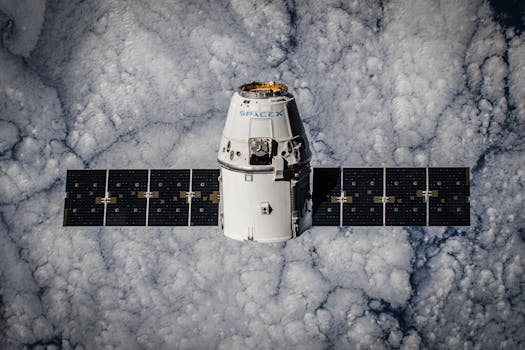Breaking Barriers: How Recent Developments are Transforming Satellite Communication

Breaking Barriers: How Recent Developments are Transforming Satellite Communication
Satellite communication has come a long way since its inception, and recent developments are breaking barriers and transforming the industry. Satellite Communication is an essential part of modern telecommunications, providing connectivity to remote and underserved areas. With the increasing demand for high-speed internet and reliable communication, satellite communication is playing a vital role in bridging the gap. In this article, we will explore the recent developments in satellite communication and their impact on the future of the industry.
Advancements in Technology

Recent advancements in technology have significantly improved the efficiency and capabilities of satellite communication. One of the significant developments is the introduction of high-throughput satellites (HTS), which offer faster data speeds and higher capacity. HTS has enabled satellite communication to support a wide range of applications, including broadband internet, mobile connectivity, and IoT devices. Additionally, the development of advanced modulation techniques, such as phase-shift keying (PSK) and amplitude-shift keying (ASK), has improved the spectral efficiency of satellite communication, allowing for more data to be transmitted over the same bandwidth.
Another significant development is the use of artificial intelligence (AI) and machine learning (ML) in satellite communication. AI and ML algorithms can analyze vast amounts of data from satellites and make predictions, detect anomalies, and optimize system performance. This has enabled satellite operators to improve the efficiency of their networks, reduce costs, and enhance the overall quality of service.
Low Earth Orbit (LEO) Satellites

Low Earth Orbit (LEO) satellites are another significant development in satellite communication. LEO satellites operate at an altitude of around 160-2,000 km, which is much lower than traditional geostationary satellites. This lower altitude reduces the latency and signal attenuation, resulting in faster data speeds and more reliable communication. LEO satellites are ideal for applications that require low latency and high throughput, such as real-time video streaming, online gaming, and virtual reality.
Several companies, including Starlink and OneWeb, are launching constellations of LEO satellites to provide global broadband coverage. These constellations will enable satellite communication to reach remote and underserved areas, providing connectivity to millions of people around the world.
5G and Satellite Communication

The integration of 5G and satellite communication is another significant development in the industry. 5G networks require a high degree of flexibility and scalability, which can be achieved through the use of satellite communication. Satellite communication can provide backup connectivity during outages, extend network coverage to remote areas, and enhance the overall quality of service.
Satellite communication can also play a critical role in the development of 5G use cases, such as IoT, smart cities, and mission-critical communications. The low latency and high throughput of LEO satellites make them ideal for supporting 5G applications that require real-time communication.
In conclusion, recent developments in satellite communication are breaking barriers and transforming the industry. The advancements in technology, the use of LEO satellites, and the integration of 5G and satellite communication are all contributing to the growth and evolution of the industry. As the demand for high-speed internet and reliable communication continues to grow, satellite communication will play an increasingly important role in bridging the gap and providing connectivity to remote and underserved areas.
See more:





